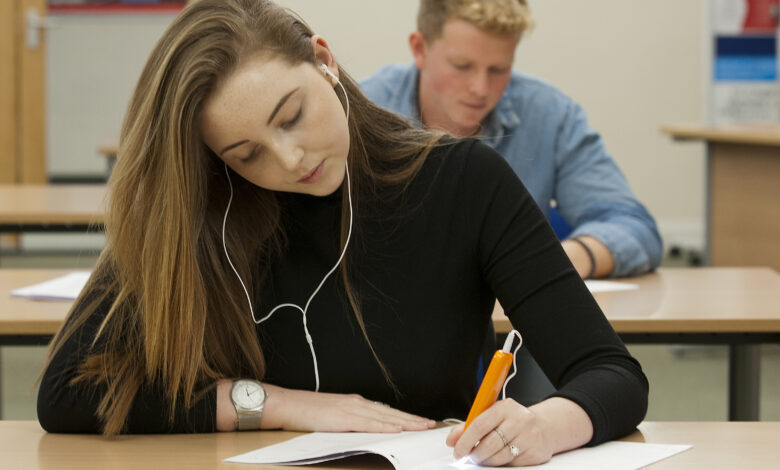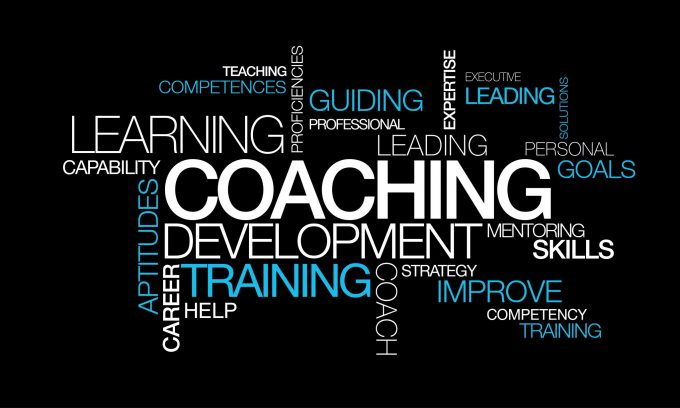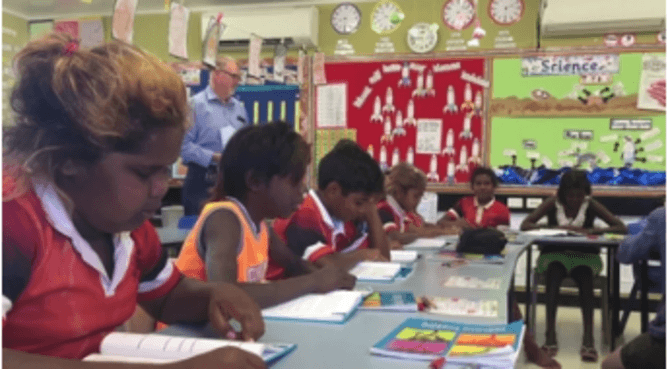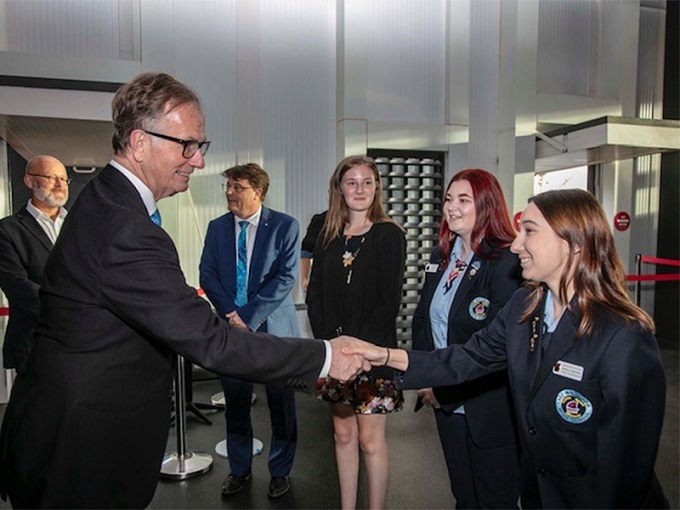How to assist learners with dyslexia
Dyslexia is a continuum and students with dyslexia can experience reading difficulties in a variety of ways.

It also seems to be wildy under-diagnosed: the Australian Dyslexia Association (ADA) suggests that one-in-five Australians experience mild to severe dyslexia, and the condition does not account for all reading difficulties.
When diagnosed, there are believed to be six types of dyslexia: phonological, surface, visual, primary, secondary/developmental and trauma dyslexia, also referred to as acquired dyslexia. The disorder is recognised in Australia under the Disability Discrimination Act 1992 and by the Human Rights Commission. Teachers and schools therefore have a duty of care to help students access the support they need and facilitate testing where reading difficulties become apparent.
A child whose dyslexia has not been identified may show frustration, low self-esteem, have a loss of motivation for learning and social and emotional issues, including attention difficulties.
Before they are diagnosed, many children develop coping strategies to try to disguise their dyslexia. Negative coping mechanisms include students pretending to be less capable than they are, in order to hide this gap in their otherwise strong abilities. Or they may channel their efforts into other pursuits, often in artistic or sporting areas, which do not require any reading—a positive coping mechanism.
Research carried out by the Dyslexia Research Trust (DRT) in the UK found 52 percent of teachers reported having had no dyslexia training at all. And nine out of 10 of those that said they did receive any training say it lasted for less than an hour. Figures on dyslexia training among Australia-based teachers are hard to find, suggesting more work needs to be done in this area to make sure teachers feel empowered to support students with dyslexia.
For teachers, aiding the growth of a student with dyslexia can be an extremely rewarding part of the job. However, without the right tools, resources, and professional development it must become a challenging task for the teacher and potentially a frustrating one for the pupil.
The ADA recommends: “Learn[ing] about the common characteristics of dyslexia, trust your gut feelings and do something about it. Effective screening for dyslexia will tell you a lot about the type of teaching [a] child requires.”
Teachers should, of course, discuss any difficulties with the child’s parents or guardians and could recommend an assessment. The ADA offers a thorough pre-assessment service for students of all ages. This can assist the school and assess the relevant needs of the individual student, providing a report containing information for personalised understanding and support.
Once a diagnosis has been received, teachers and aides can facilitate support for the student; for instance, ideally, your school will have access to assistive technology the student can use.
Industry perspectives: assistive technology implementation and its impact
David Campbell is Country Manager at Scanning Pens, a company supplying assistive technology to school around Australia. He spoke with us about the challenges schools face when trying to access and implement resources for students with dyslexia.
“Without a formal diagnosis, it is difficult for teachers to differentiate whether reading difficulties are due to dyslexia, low reading level, or something else,” says David. “However, there are some great teaching strategies, training resources, assistive technology tools and support for literacy that, when combined, make a big difference.”
David’s tips for best practice when teaching students with dyslexia:
- Develop an inclusive classroom.
- Use a structured, consistent literacy approach.
- Support students with assistive technology where possible.
“Here are some useful strategies I’ve identified to support the adoption of assistive technology:
- ensuring the support provided is not ‘special’ but rather it is universal and can support any learner;
- adopting starts with teachers who model tech tools daily and to all learners;
- focussing on the function of the technology not on the learning need that is being supported; for example, you might say, ‘let’s use that white pen to explore new key words today’, rather than ‘Jimmy–take out your Reading Pen’;
- including students in ‘tech club’ where they explore new tech and strategies together, and can review videos of the tools and resources being introduced;
- developing a peer mentor program to encourage reluctant students and build comradery.
“There are many great tools available to assist students with dyslexia,” David said. “Don’t treat them as resources only to be used occasionally; rather, incorporate them in day-to-day teaching with all students. Sometimes dyslexic students can feel self-conscious about using assistive technology but by making these tools available for all students it makes them more acceptable and therefore more likely to be used.”







